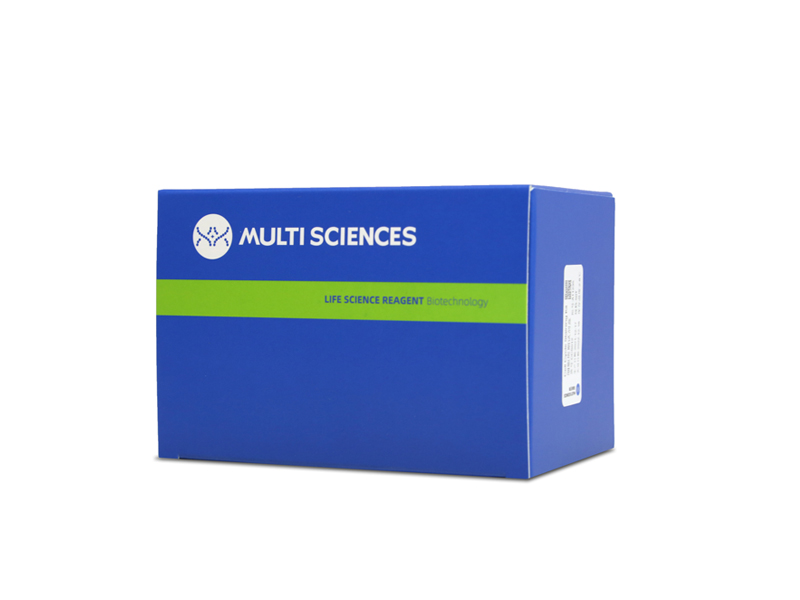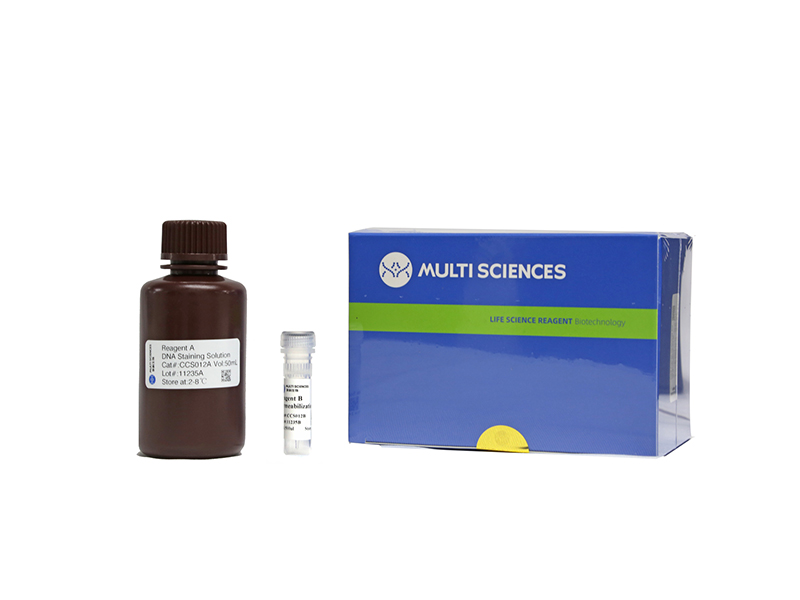Usnic acid (UA) can be found in certain lichen species. Growing evidence suggests that UA possesses antitumoral, antioxidative and anti-inflammatory activities. Bleomycin (BLM) is widely used in the treatment of malignant ascites, however, it unexpectedly causes pulmonary fibrosis (PF). Researches show that excessive inflammatory response and oxidative stress in lung tissue is conspicuous causes of BLM-induced PF. Here we investigated mechanism underlying the effect-enhancing and toxicity-reducing activity of UA on H22-bearing mice treated with BLM. UA combined with BLM was significantly more effective than BLM alone in inhibiting the tumor growth, arresting the cell cycle at G0/G1 phase, and promoting the cleaved caspase-3 and cleaved caspase-8 activities to induce cancer cellular apoptosis. The mechanism may be associated with the transcriptional regulation of p53/p21/Cyclin pathway. Furthermore, UA effectively moderated the histopathological changes, reduced the content of MDA, HYP, TNF-α, IL-1β, IL-6 and TGF-β1, and increased the level of SOD when combined with BLM in lung tissues of H22-bearing mice, which was believed to be related to the inhibition on the protein level of p-Smad2/3 and enhancement of Smad7 expression. These findings suggested that UA might be a potential effect-enhancing and toxicity-reducing candidate for BLM in the treatment of malignant ascites.
文章引用产品
-
-
- CCS012
- 周期试剂盒
Cell Cycle Staining Kit 细胞周期检测试剂盒
-
¥390.00
-
- CCS012
- 周期试剂盒
Cell Cycle Staining Kit 细胞周期检测试剂盒
- ¥390.00



